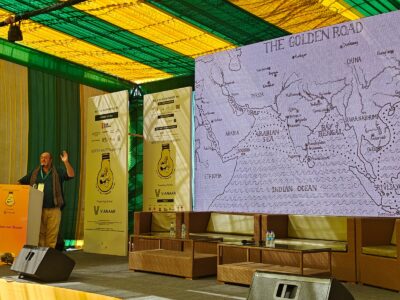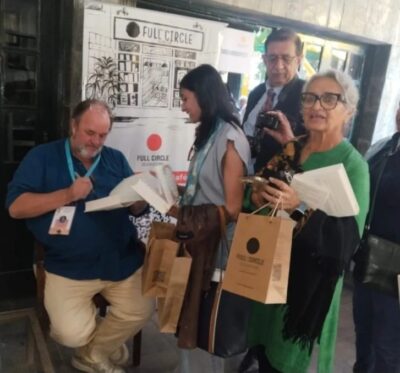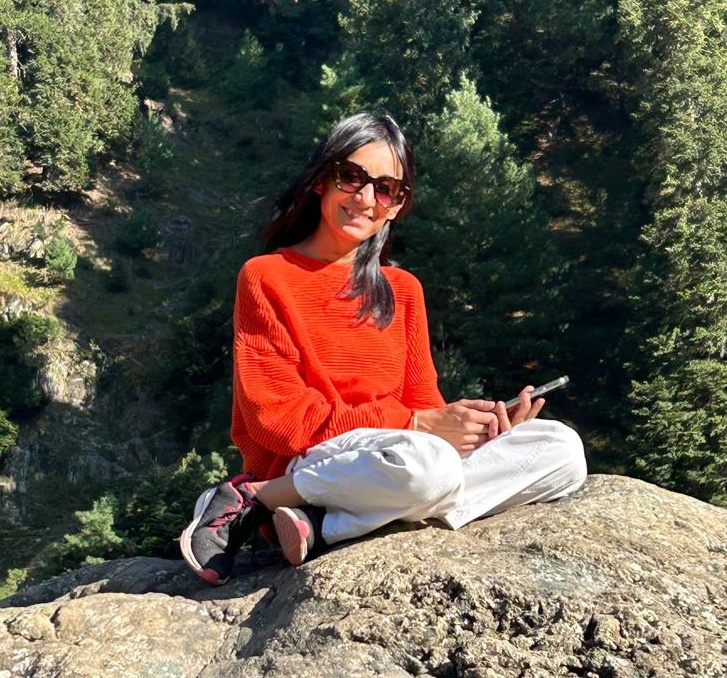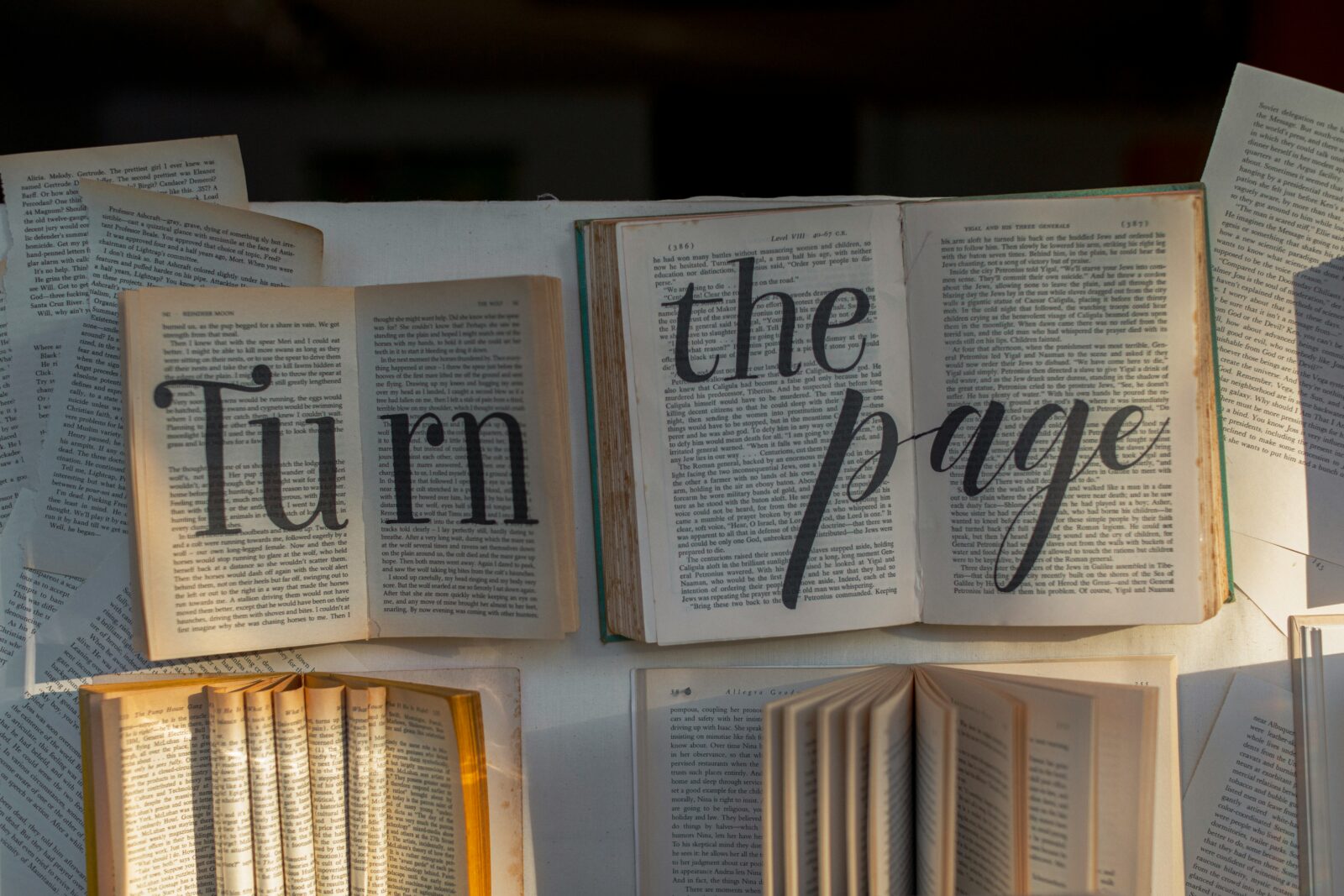
The Khushwant Singh Lit Fest (KSLF) started in the year 2012 to celebrate the legacy and support the causes dear to the celebrated writer, scholar and journalist. It has hosted many illustrious authors over the years, and has been high on my wishlist to attend a session. So, when I moved to the foothills of Kasauli and came to know that this year’s opening session was with the Scottish author/historian William Dalrymple, my excitement for the lit fest doubled! Having thoroughly enjoyed his books like the White Mughals, Anarchy and Nine Lives to name a few, I couldn’t wait to know what his latest book, The Golden Road, spoke about.
So I, along with my other enthusiastic book club members, headed up to the pristine hills for what promised to be an exhilarating exchange of ideas. As we approached the beautiful heritage building, one could feel the buzz and excitement. People from all over, especially Chandigarh and around thronged the compound of this lovely club perched on the Upper Mall at a height of approx. 6142 ft. Established as a reading and assembly room in 1880, the Kasauli Club is the perfect venue for hosting a literary festival in town.
The 13th KSLF opened with a rendition of soulful music, following which it was time to dip into some history as William Dalrymple took the stage. His anecdotes of Khushwant Singh at his residence at Sujjan Singh Park, Delhi set the tone of his talk, which was insightful, humorous and in parts saucy. Especially his introduction for the uninitiated to our Yaksha and Yakshi figures.
The author started his session with the description of the Silk route, which started from China, passed through Persia, carried off towards Istanbul and went up to Alexandria. While the conventional and widely accepted theory puts China firmly at the core of the ancient world trade, William Dalrymple at length challenges this theory .
He points out that there is no documentation that confirms the existence of the silk route. He backs his argument with the fact that no ancient Roman coin hoards have been found in China and calls it an invention of a German geographer Ferdinand von Richthofen in 1877.

The historian goes on to suggest that flourishing trade in fact existed between ancient India, Egypt and Alexandria by sea route. Through this sea route travelled not only riches like spices, ivory, cloth but also the counting systems, religious iconography and of course gold coins that were used for trading. Slides depicting areas where Roman gold coin hordes that have been found highlighted areas all over present day Europe, North Africa and coastal areas of India, thereby immediately connecting these two areas across the ancient globe.
William Dalrymple spoke in detail about the Vedanta University and its significance and influence on the politics all the way to China. I found the story of the Chinese queen who overthrew the entire court and replaced them with people who traced their grooming back to the courtyards of Vedanta University particularly interesting. The narration was fraught with murder and intrigue almost like a mainstream Bollywood movie!
He described in fascinating terms the rise of Buddhism and its spread to other South East Asian countries. Dalrymple’s presentation brought to light the fact that the first sculptural depiction of Ramayan was not in an Indian temple but all the way in Java. He also underlined the fact that the largest Hindu temple is again not in India but in Cambodia. Thus, binding the region in common beliefs but at the same time preserving their own ethnic character.
Dalrymple’s description of the evolution of Zero and how the number system evolved in the mountains of India, travelled to the Middle East and from there to Rome reminds us Indians of our rich past. The depth and range of his study on India and its history is breathtaking. His understanding of the cultural nuances is evident in the way he narrated these overwhelming historical facts with the lightness of an adept story teller. Peppered with amusing anecdotes like the mistress carrying the bills of the riches she covered herself with to parties, his narration once again emphasized the forgotten wealth of our lands.
The talk on The Golden Road was well over an hour. All the while the rapt audience held their breath, spellbound with Dalrymple’s very convincing and persuasive presentation. His enthusiasm for history is so infectious and the narration so animated that one could not help but ride the tide of his words and travel through time.
P.S. The cherry on the cake was getting to meet William Dalrymple even for a few moments and getting my copy signed by him.

Malvika Mankotia
Malvika Mankotia is a versatile artist having earned her B.V.A. and M.V.A. from the Faculty of Fine Art, M.S. University, Vadodara. Her work has been featured in prominent national and international exhibitions, including the International Watercolor Festival in Italy (2024) and the Confluence Awadh Art Festival in New Delhi (2022). A recipient of the silver medal at the National Art & Science Exhibition (2021), she has also participated in numerous residencies and workshops, contributing to the art community . Her artistic journey is marked by experimentation, community engagement, and a commitment to creating impactful work.

Wonderful article so well articulated!!!